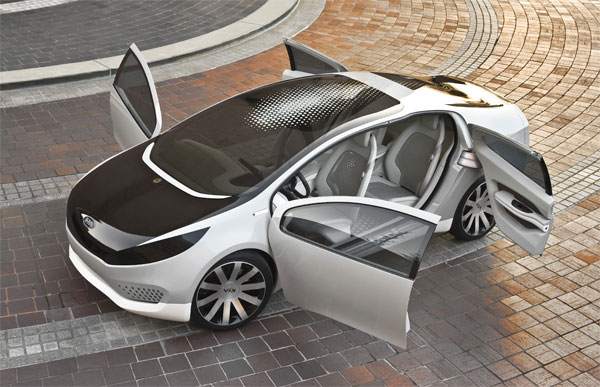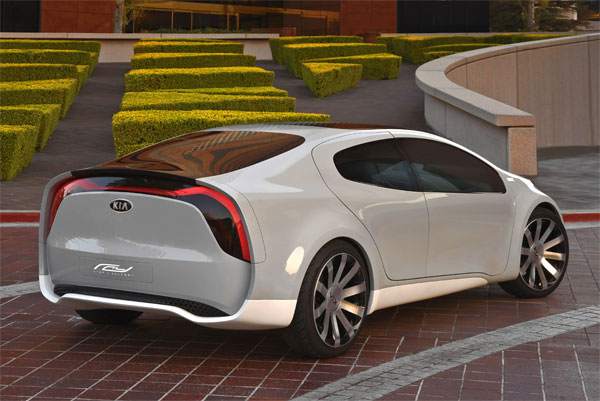Over the last decade we have seen cars and technology start to converge significantly. Many vehicles are now packed with default tech you could only get with aftermarket accessories not too long ago.
This week, two of the biggest events in the technology and automotive worlds were held simultaneously in the US: the International Auto show (Detroit) and the Consumer Electronics Show (CES) in Las Vegas.

It’s quite interesting that Kia chose the North American debut of its Ray EV to be at CES 2012, rather than Detroit. The Ray is the first production EV from Kia, and frankly, the photos look much more like a concept than a production car to me.
I suspect that if/when the Ray actually comes to the US; it will look quite than what you see in the photos here. At least, I hope so; because the Ray EV isn’t really easy on my eyes.
“With the Kia Ray, which is Korea’s first production electric vehicle, and the Naimo concept’s forward-thinking UCD telematics, Kia is demonstrating leadership in the area of advanced technology development as our global R&D team pursues the goal of taking the vehicle-driver relationship to new levels with facial recognition technology and a number of interactive features,” KMA exec Michael Sprague explained in an official statement.
“Where the Naimo EV concept looks into the future of zero-emissions vehicles from Kia, the Ray EV is the first realization for the brand and represents exciting new possibilities for the future in the North American market.”
The Ray is slated to use advanced lithium polymer batteries that are considered safer than the common lithium-ion batteries which can overheat if damaged. The Ray will also be built on the same Kia production line that builds the gasoline version of the car.

Kia claims its EV Ray is good for 86 miles on a single charge of its battery pack. The electric motor of the Ray is 50kW, and the battery packs are 16.4 kWh.
The battery pack has a 10-year life span and is capable of fully recharging in six hours using a 220v outlet.
In fast charge mode, the battery needs only 25 minutes to charge. It’s not clear what fast charge mode entails, presumably a more powerful outlet or charger.
The Ray EV boasts a torque output of 167Nm and a top speed of 81 miles per hour. There is no indication when the Ray will make it to market or what the MSRP might be when it finally does.






